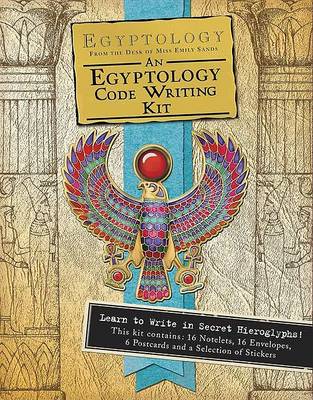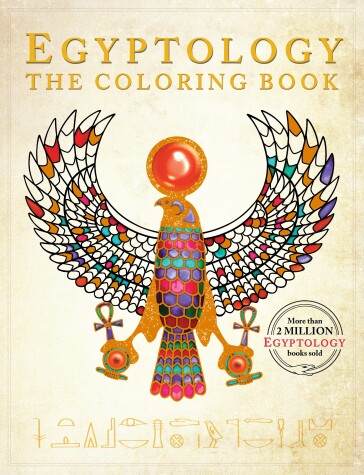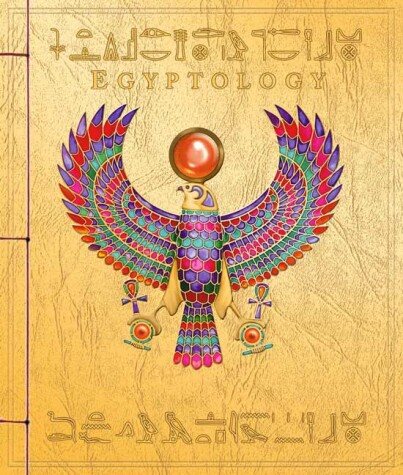Ologies
3 total works
The best-selling ’Ology phenomenon meets the coloring book craze!
Who can resist the allure of ancient Egypt — and the thrill of exploring mysteries that lay hidden for thousands of years? Now dedicated Egyptologists and avid coloring fans alike can put pencil or marker to the page and bring extraordinary treasures to life. The images found within include hieroglyphs, pyramids, artifacts, statuary, and mummy masks such as those discovered inside the tomb of King Tut himself.
Who can resist the allure of ancient Egypt — and the thrill of exploring mysteries that lay hidden for thousands of years? Now dedicated Egyptologists and avid coloring fans alike can put pencil or marker to the page and bring extraordinary treasures to life. The images found within include hieroglyphs, pyramids, artifacts, statuary, and mummy masks such as those discovered inside the tomb of King Tut himself.
Discover the wonders of ancient Egypt through a fascinating journal from a lost expedition — a treasure trove of fact and fantasy featuring a novelty element on every spread.
Who can resist the allure of ancient Egypt — and the thrill of uncovering mysteries that have lain hidden for thousands of years? Not the feisty Miss Emily Sands, who in 1926, four years after the discovery of King Tut's tomb, led an expedition up the Nile in search of the tomb of the god Osiris. Alas, Miss Sands and crew soon vanished into the desert, never to be seen again. But luckily, her keen observations live on in the form of a lovingly kept journal, full of drawings, photographs, booklets, foldout maps, postcards, and many other intriguing samples. Here are just a few of Egyptology's special features:
— an extravagantly gilded cover, featuring a raised Horus hawk pendant with three encrusted gems
— a playable game of Senet — ancient Egyptian checkers — including board, pieces, original-style dice, and rules
— a souvenir booklet showing how to read simple hieroglyphs
— a scrap of textured "mummy cloth"
— a large, jeweled Eye of Re “amulet” embedded in the last page of the book
Rich with information about life in ancient Egypt and peppered with Miss Sands's lively narration, Egyptology concludes with a letter from the former Keeper of Antiquities at the British Museum, explaining which parts of this unique tale may be accepted as fact, which are guided by legend, and which reflect the author's delightful sense of fancy.
Who can resist the allure of ancient Egypt — and the thrill of uncovering mysteries that have lain hidden for thousands of years? Not the feisty Miss Emily Sands, who in 1926, four years after the discovery of King Tut's tomb, led an expedition up the Nile in search of the tomb of the god Osiris. Alas, Miss Sands and crew soon vanished into the desert, never to be seen again. But luckily, her keen observations live on in the form of a lovingly kept journal, full of drawings, photographs, booklets, foldout maps, postcards, and many other intriguing samples. Here are just a few of Egyptology's special features:
— an extravagantly gilded cover, featuring a raised Horus hawk pendant with three encrusted gems
— a playable game of Senet — ancient Egyptian checkers — including board, pieces, original-style dice, and rules
— a souvenir booklet showing how to read simple hieroglyphs
— a scrap of textured "mummy cloth"
— a large, jeweled Eye of Re “amulet” embedded in the last page of the book
Rich with information about life in ancient Egypt and peppered with Miss Sands's lively narration, Egyptology concludes with a letter from the former Keeper of Antiquities at the British Museum, explaining which parts of this unique tale may be accepted as fact, which are guided by legend, and which reflect the author's delightful sense of fancy.


